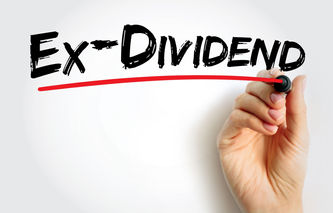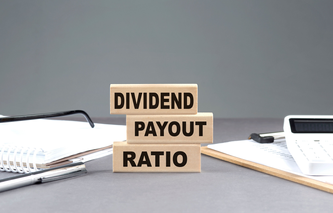Definition
The ratio of dividends paid to common stockholders relative to market price per share is known as the dividend yield. This ratio is typically expressed in terms of a percentage.
Calculation
Dividend Yield (%) = (Dividends per Share / Stock Price or Market Price per Share) x 100
Explanation
Profitable companies often have a choice to reinvest this money back into the company; hoping to grow earnings. Alternatively, they can return those profits to shareholders in the form of dividends. Fast growing companies typically pay little or no dividends, while more mature companies may choose to return those profits to shareholders in the form of a dividend.
Dividend payments are extremely important to some shareholders, and of secondary consideration for others. While some investors seek out a regular stream of income from a stock, others invest in the hope of securing capital gains through rising stock prices.
Dividend yield is very important to investors whose primary objective is to obtain a steady source of income from their investments. The dividend yield provides analysts, and investors, with a quick way to compare the merits of alternative opportunities.
Example
Company A's net income for year was $4,283,000. The company's directors declared dividends totaling $1,555,000. The company has approximately 706,766 shares of common stock outstanding. Company A's current market price is $89.26 per share.
Using the above formula, the dividend yield for Company A would be:
= (($1,555,000 / 706,766) / $89.26) x 100 = ($2.20 / $89.26) x 100, or 2.46%





